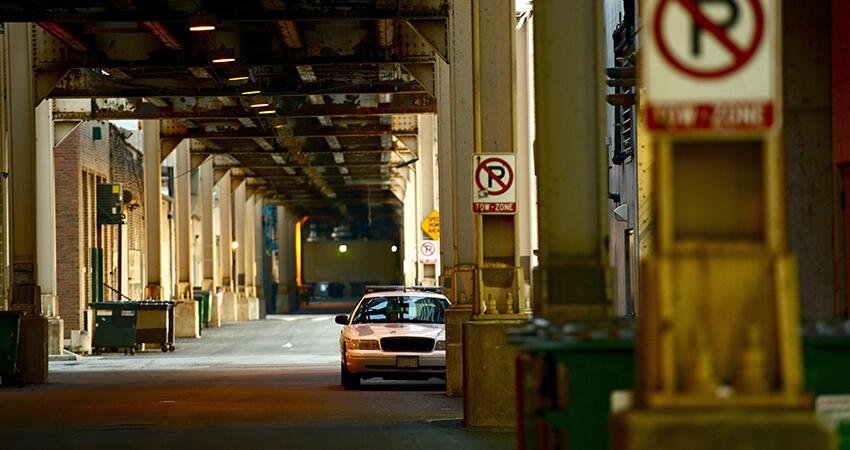
From Urban Plans to Policing: How Planning Can Shape Policing Practices and Belonging
- Title:
-
From Revanchism to Inclusion: Institutional Forms of Planning and Police in Hyde Park, Chicago
- Author:
-
Stephen Averill Sherman
- Source:
- Publication Date:
-
2019
The past few months have focused public attention on systemic police brutality, particularly against Black people, and have led many to call for defunding the police. One aspect often missing from these debates is a discussion of how police gained the authority they have and how policing extends beyond individual people to the policing of property and public spaces. A 2019 study examines how urban planning contributes to the formation of exclusionary, discriminatory, or violent policing practices and could help shape more equitable and inclusive policing practices.
To better understand the connection between police, planning, and race, the author conducted a case study of the University of Chicago in Hyde Park. The author chose this location because of Chicago’s shared characteristics with many other cities, its history of post–Jim Crow racism, and the University of Chicago’s unique role in the governance of the Hyde Park and Kenwood neighborhoods. To conduct the study, the author reviewed planning documents, including campus planning documents, correspondence, and news stories dating from 1950 and continuing to present day.
Key findings
The author found numerous examples from the decades since World War II, when the University executed neighborhood-altering renewal plans that created new policing practices within Hyde Park and surrounding communities:
- Following an influx of Black people into Hyde Park after World War II, the university created the South East Chicago Commission (SECC). The SECC lobbied the state to expand the legal definition of properties subject to urban renewal from existing slums to areas “at risk” of blight so they could demolish Black-occupied kitchenettes. The university also used rezoning and targeted demolition to institute single-family zoning in the neighborhood—effectively affirming the “whiteness” of Hyde Park.
- Between 1952 and 1973, the University of Chicago Police Department’s (UCPD’s) boundaries expanded beyond the campus area to roughly correspond with the boundaries of the urban renewal conservation area.
- By 1973, the UCPD was transferred from the university’s legal department into its planning department.
- In 1989, a state law also gave the university the authority to swear in new university police force officers and gave those officers jurisdiction far beyond campus boundaries. In effect, university officers had full patrol policing powers within all of Cook County.
Policy and planning implications
- Plans can shape police practices and spaces by increasing zoning and code enforcement, by delineating territory that patrol police are responsible for policing, and by determining who or what belongs in a certain place.
- Plans not only exclude people from spaces, they also help define who belongs. By mandating teardowns of Black-occupied buildings and supporting the development of single-family homes, the university and the SECC used urban renewal planning to affirm the “whiteness” of Hyde Park.
- Planners and planning scholars should consider not only the spaces plans create and organize but also the police practices (both patrol policing and other forms of policing like code enforcement and zoning) that stem from these plans.
- Policing authorities should reassess how police shape “belonging” in a community and consider how police can reinforce inclusion.
Photo by Virrage Images/Shutterstock


